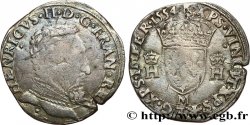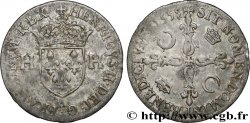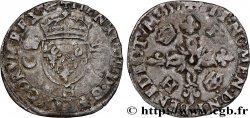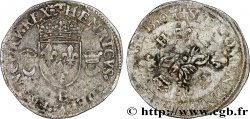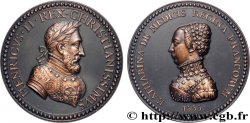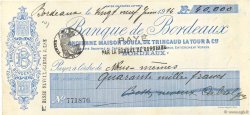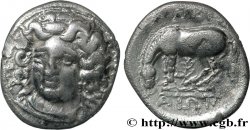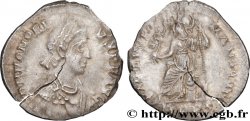E-auction 4-627 - bry_137785 - HENRY II Denier tournois du Dauphiné n.d. Romans
You must signin and be an approved bidder to bid, LOGIN TO BID. Accounts are subject to approval and the approval process takes place within 48 hours. Do not wait until the day a sale closes to register. Clicking on « bid » constitutes acceptance of the terms of use of cgb.fr private e-auctions.
Bids must be placed in whole Euro amounts only. The sale will start closing at the time stated on the item description; any bids received at the site after the closing time will not be executed. Transmission times may vary and bids could be rejected if you wait until the last second. For further information ckeck the E-auctions F.A.Q.
NO BUYER'S FEE.
NO BUYER'S FEE.
| Estimate : | 190 € |
| Price : | 52 € |
| Maximum bid : | 145 € |
| End of the sale : | 15 April 2013 17:34:00 |
| bidders : | 5 bidders |
Type : Denier tournois du Dauphiné
Date: (1548)
Date: n.d.
Mint name / Town : Romans
Quantity minted : 38889
Metal : billon
Diameter : 15 mm
Orientation dies : 9 h.
Weight : 0,61 g.
Rarity : R3
Coments on the condition:
Flan irrégulier. Patine foncée très régulière au droit et au revers. Les motifs centraux du droit et du revers sont bien venus
Predigree :
Exemplaire provenant de FRANCE IV, n° 118
Obverse
Obverse legend : +[HENR]IC[. II. D. G. FRAN]CO[...]. R. (R COURONNÉE)..
Obverse description : Un lis et un dauphin accotés dans un double trilobe.
Obverse translation : (Henri II, par la grâce de Dieu, roi des Francs).
Reverse
Reverse legend : [+ SIT. NO]ME. DNI. BENEDICT].
Reverse description : Croix plaine alésée ; lettre d'atelier au-dessous.
Reverse translation : (Béni soit le nom du Seigneur).
Commentary
Cette monnaie ne présente pas de quadrilobe au revers. Ce cas est aussi connu pour François Ier (Dy.939B et PVSFN, 1907, CXXX). D'après Stéphan Sombart, il aurait été frappée à partir du 25 juin 1548 par Jérôme de La Roze 38.889 deniers tournois du Dauphiné à la croisette comportant un quadrilobe au revers.







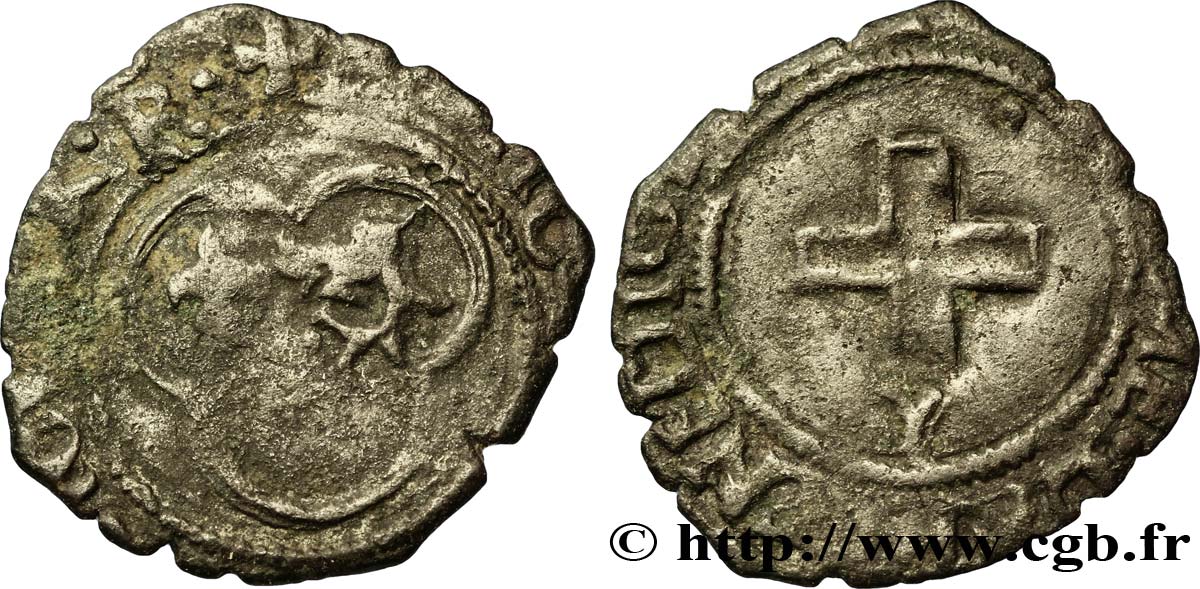
 Report a mistake
Report a mistake Print the page
Print the page Share my selection
Share my selection Ask a question
Ask a question Consign / sell
Consign / sell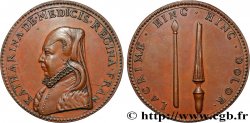
 Full data
Full data